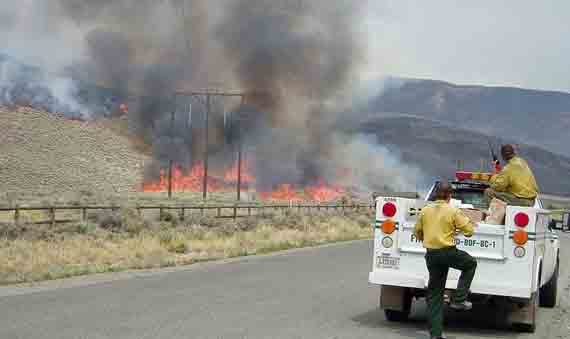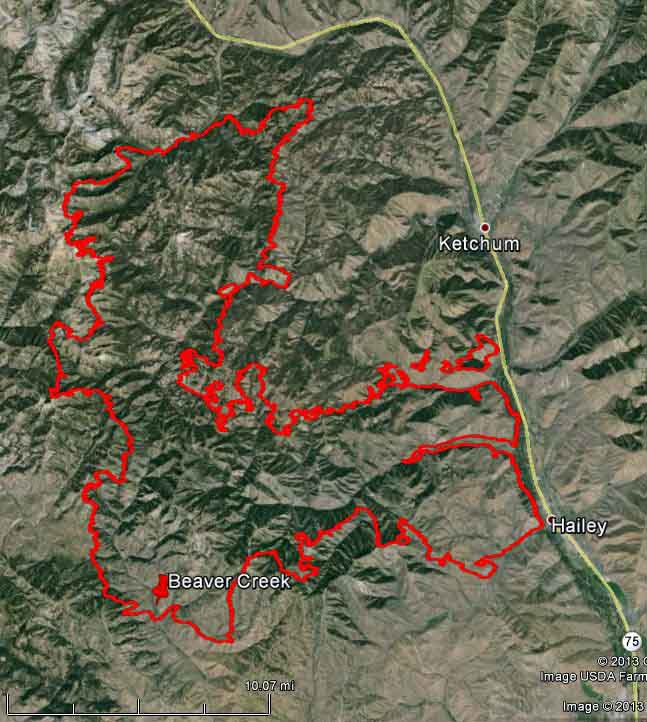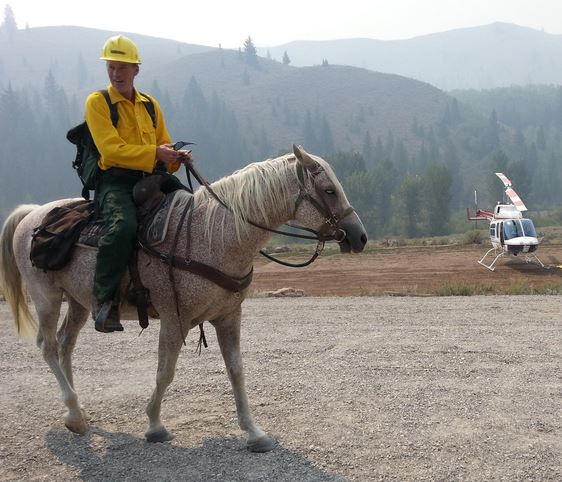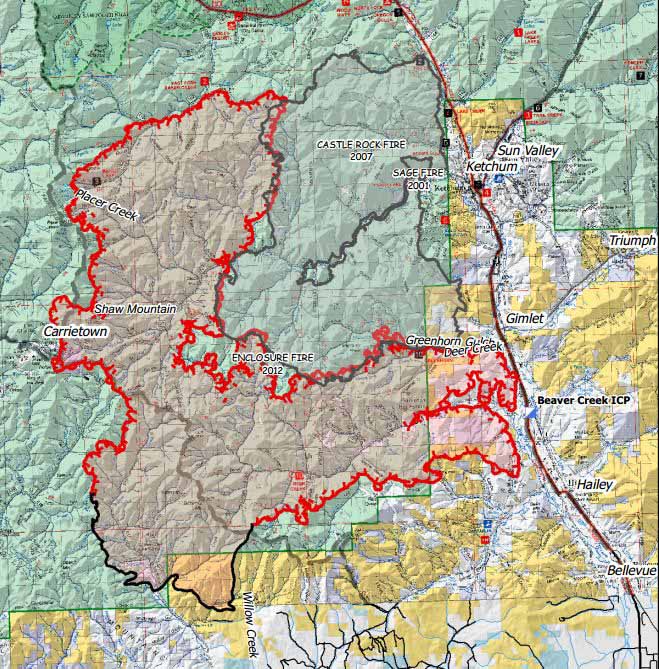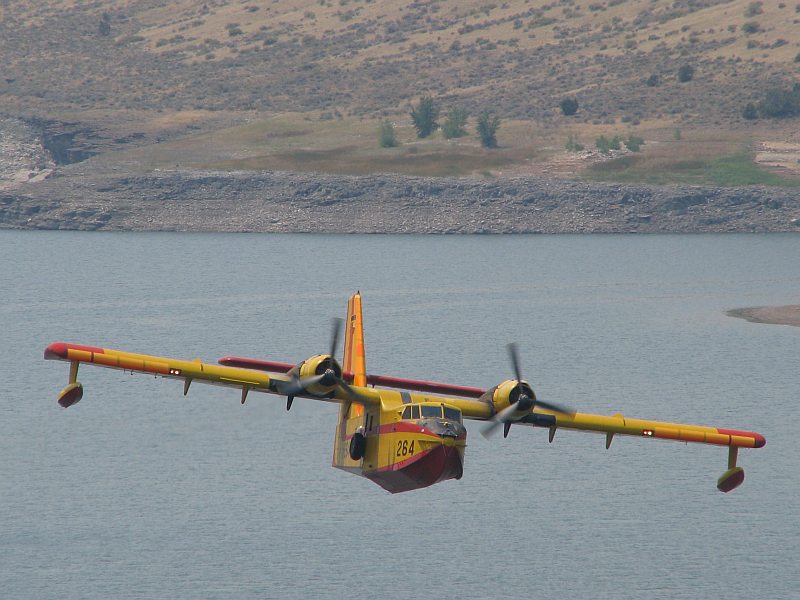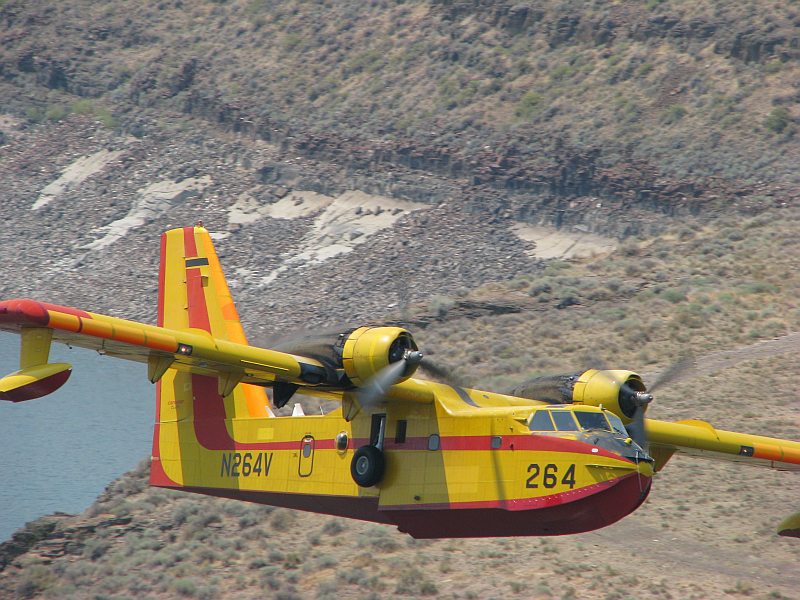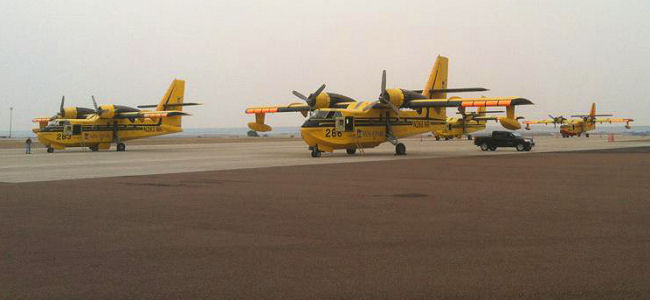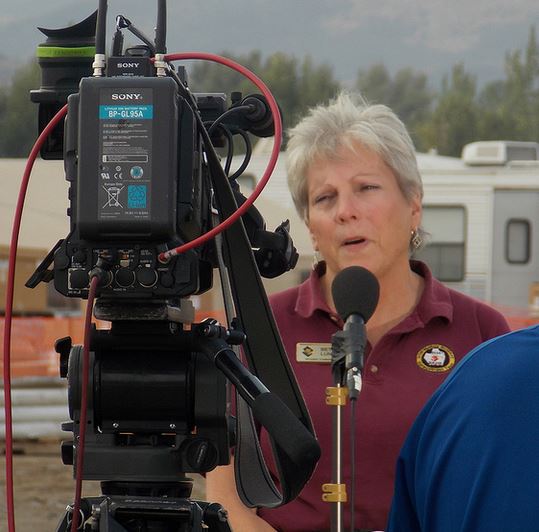
Beth Lund is one of two female Incident Commanders on Type 1 Incident Management Teams, the largest and most capable teams that run large incidents. Jeanne Pincha-Tulley is the other.
Ms. Lund’s Type 1 Team has been managing the Beaver Creek Fire near Ketchum, Idaho which is one of the fires getting a lot of national media attention due to the number of acres burned, 111,000, and the movie stars homes that have been threatened by the fire. The Idaho Mountain Express has an article about her. Here is an excerpt:
In the modern world of firefighting, mavericks are discouraged, a strong and flexible mind excels and only quiet competence is rewarded.
It’s in this world that a 58-year-old woman, who is halfheartedly eyeing a retirement in which she will learn to quilt, has risen to become the face of fire news at its best and worst.
She is one of only two women in the already tiny national cadre of 16 U.S. Forest Service Type I incident commanders—the people who try to tame the most complicated wildland fires.
“My policy is to tell what I know and to tell the truth while being mindful that we don’t want people to hear it from the news first,” says Beaver Creek Fire Incident Command Leader Beth Lund.
She’s been the calm center in a relentless stream of media and public inquiry since arriving nearly two weeks ago to manage and expand the efforts to repel the fire that threatened the length of the Wood River Valley.
Even in the diciest moments as she bounces from gathering recon to live TV on demand, to fielding questions from strangers, with nearly every step she takes, she remains unflustered—even when she delivers unsavory news.

